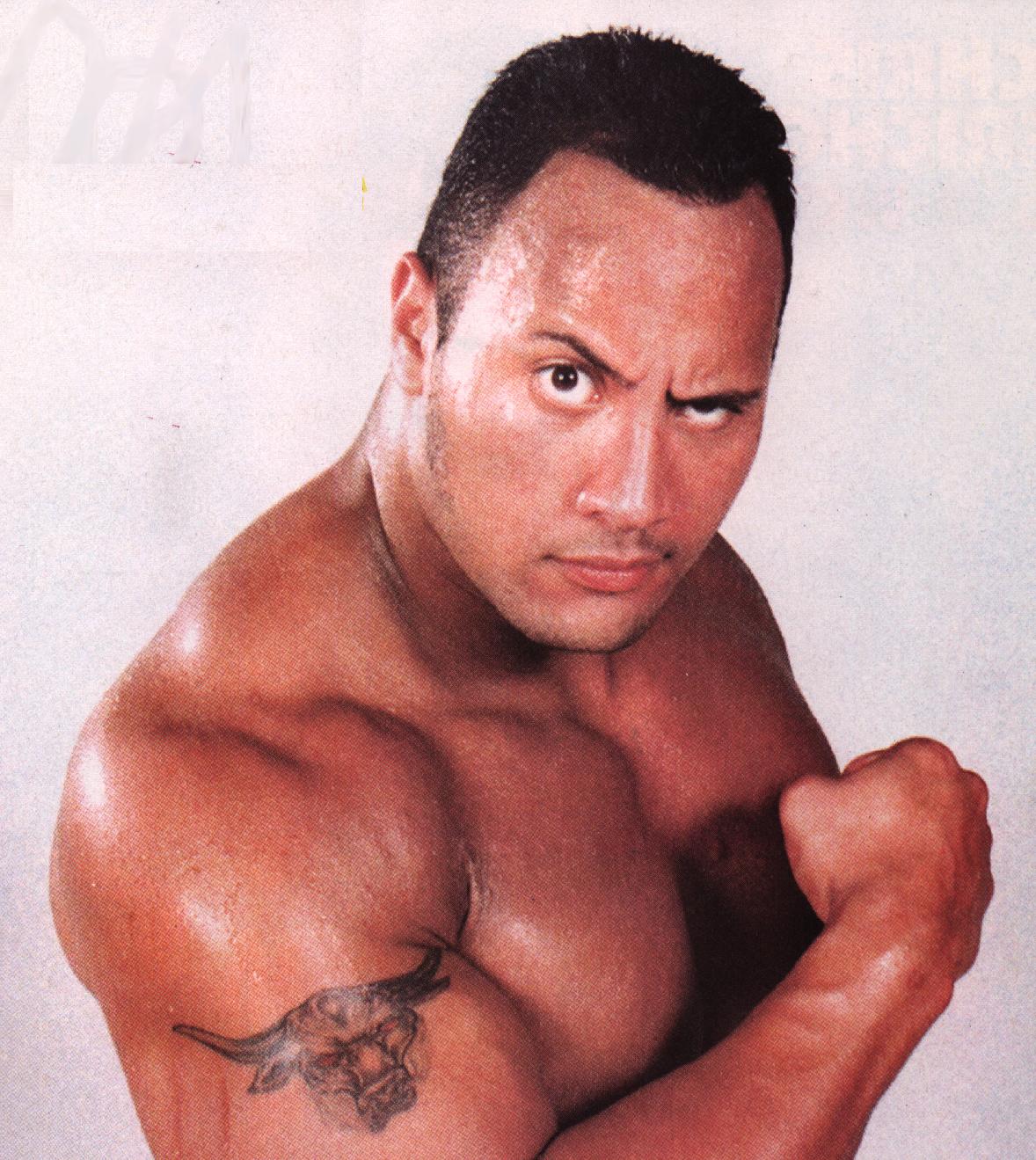The past week or so has seen Lloyd McClendon shuffle the Seattle Mariners’ batting order around, most notably moving Michael Saunders into the lead off position, while dropping Abraham Almonte to ninth and switching Brad Miller back and forth between batting second and eighth. The most consistent position in the order is third, where Robinson Cano has batted the entire season.
Traditional Batting Order
Traditionally, managers have configured the top of their order with their fastest player leading off, regardless of on-base percentage (OBP), a weak hitting “bat control” type hitting second, who could presumably “move runners over” by hitting behind the runner or laying down a sacrifice bunt down the first base line, the “best” hitter batting third, and the hitter with the most power hitting fourth.
Sabermetric Batting Order
Sabermetricians have long held that the traditional model is flawed and that the best hitter should hit second. In fact, an ideal top of the order would see the best three hitters batting 1, 2, and 4. The idea is that the number two hitter will come to the plate, on average, twenty or thirty more times during the season than will the three hitter, so you want to optimize the number of plate appearances for your premiere hitter. Also, an emphasis is placed on OBP leading off, rather than just speed.
It is important to note that with the exception of the first inning, there is no guarantee this order will repeat during the course of a game, which is why batting order is often overthought, with the possible exception of alternating lefties and righties. But one thing we do know, in the Sabermetric scenario, the two hitter never comes to the plate with two outs in the first inning, as he can do in the traditional lineup.
Sabermetric Mariners’ Batting Order
I thought it might be interesting to contemplate a Mariners’ batting order using the Sabermetric approach. Since the season to date numbers are still fairly small, I’m going to look at lifetime numbers, keeping in mind the Mariners are playing several very young players with less than a full season of statistics, and I’m going to focus primarily on OBP and wRC+ (weighted runs created plus) that measures how a player’s run creation compares with the league average. 100 is average, with every number representing a percentage point above or below the mean.
Robinson Cano is clearly the best hitter on the Mariners with a lifetime wRC+ of 126, or 26% better than the average player, and in the Sabermetric model he should bat second.
Robinson Cano with a lifetime .355 OBP is easily 30 points higher than anyone else on the team and should also be leading off. Obviously, Cano can’t bat both 1st and 2nd, so I’m going to go with Kyle Seager leading off with a lifetime OBP of .325.
Corey Hart actually has a slightly higher OBP than Seager, but Hart’s 116 wRC+ is higher than Seager’s 109, so I’m penciling Hart in the four spot.
From here, I’m going to just go with descending order of lifetime wRC+ to fill out the lineup card.
Justin Smoak, with a 96 wRC+, or four percent below average, slots in the three spot.
Brad Miller at 91 bats fifth.
Dustin Ackley at 88 bats sixth.
Michael Saunders at 87 bats seventh.
Mike Zunino at 86 bats eighth.
Abraham Almonte at a terrible 68 bats ninth, presuming he stays in the lineup in CF.
Now I’m going to go out on a limb here and predict that you will NEVER see the Mariners’ batting order constructed as:
- Kyle Seager
- Robinson Cano
- Justin Smoak
- Corey Hart
- Brad Miller
- Dustin Ackley
- Michael Saunders
- Mike Zunino
- Abraham Almonte
But, that just might be the batting order that would create the most runs.
Add The Sports Daily to your Google News Feed!
